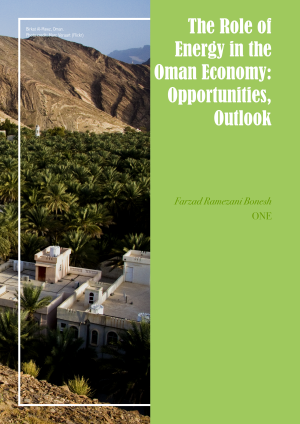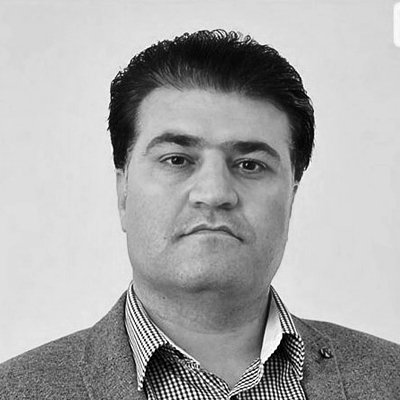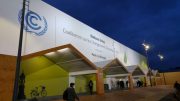 Oman’s foreign policy is aligned with the country’s economic goals in Vision 2040 and successive five-year plans and economic diplomacy.
Oman’s foreign policy is aligned with the country’s economic goals in Vision 2040 and successive five-year plans and economic diplomacy.
Oman has strived to achieve developed country status, diversify production and non-oil exports, and help reduce economic risk and increase sustainability by attracting foreign investment.
Data shows that Oman achieved successes in 2024, such as a fiscal surplus and moderate economic growth, GDP ($98.1 billion), and a 3.7 percent increase in non-oil activities.
In 2024, the Government of Oman continued to implement new programs and initiatives, diversifying the economy, attracting more investment, and growing the economy, along with the National Program for Fiscal Sustainability and Financial Sector Development (2023-2025).
Foreign direct investment (FDI) increased by 18% year-on-year by the end of 2024, placing Oman among the top 25 attractive emerging markets.
Meanwhile, the role of energy in the recent developments of the Omani economy and plans is significant and fundamental.
Oman is a smaller energy producer (with a share of oil reserves of 0.32% of the world’s total and a share of natural gas of 0.32%) in the Middle East. However, it is still dependent on hydrocarbons, and a significant percentage of its total financial revenues comes from its exports.
Meanwhile, Oman’s Ministry of Energy and Minerals (MEM) manages the hydrocarbons sector, as well as renewable energy and hydrogen.
The extraction and export of oil and gas (about 60% of export earnings) both provide a significant portion of government revenues and drive the development of various economic sectors.
Domestic natural gas also accounts for more than 92% of the country’s electricity generation.
Meanwhile, Omani authorities and the Petroleum Development Oman (PDO), apart from drilling dozens of oil and natural gas exploration wells, are conducting oil and gas exploration and production operations in Oman’s offshore blocks and have made progress in investing in and storing bulk liquids and hydrocarbons.
As of January and February 2025, the country’s daily crude oil production and natural gas production, and imports increased.
Renewable Energy in Oman
Oman’s Energy Strategy has outlined a good plan for energy transition. Oman’s National Strategy for Transition aims to achieve net-zero carbon emissions by 2050.
In the global transition from fossil fuels to renewable energy, Oman has taken good steps towards becoming one of the world’s largest hydrogen producers by 2030, with a national plan for clean energy growth, advancing green projects and green hydrogen, investing in projects, tenders, and signing a number of agreements.
The Oman Vision 2040 Implementation Monitoring Unit (under the Council of Ministers) coordinates collaboration between the Omani government and private company and entities.
Muscat has taken significant steps in 2024 with strategic projects aimed at strengthening sustainability, energy efficiency, and economic diversification in line with Oman Vision 2040.
In September 2024, Oman’s Ministry of Energy and Mines announced a comprehensive strategy aimed at transforming the country’s energy sector, which is aligned with the goals of “Oman Vision 2040”.
The strategy is based on several key pillars, such as increasing energy efficiency, expanding renewable energy, developing a hydrogen economy, and utilization and storage.
The plan also considers important approaches to energy security, facilitating the transition to decarbonization, building local capabilities, a low-carbon economy and maintaining Oman’s competitive advantage in the global energy market.
Indeed, ambitious goals such as increasing the share of renewable energy in Oman’s energy mix to 30 percent by 2030, and 100 percent by 2050 are strategic and very important.
In recent years, Oman has launched several projects in the power sector, including the Sahim Initiative to install solar panels on buildings and generate electricity from wind energy.
Oman has good potential for developing wind energy. Wind speeds are good and economical in the southeastern part of the country, in the governorates of Dhofar and Al Wusta, and along the coast.
With an area of about 309,500 square kilometers, Oman has no geographical or environmental limitations for the construction of solar power plants, and is accelerating the transition to renewable energy with solar power plants.
In 2025, Muscat launched the Dhofar 1 Wind Power Project and the Ibri 2 Solar Project, and two large solar projects – Manah 1 and Manah 2.
In February 2025, the country also highlighted key projects in Oman’s power sector, such as the North-South Grid Interconnection and the construction of the Masirah Island Station.
In this regard, Oman has plans for ten new renewable energy projects between 2027 and 2029
However, there is limited potential for biogas power generation and geothermal energy for electricity generation in Oman.
However, Efforts, actions and approaches for water purification and energy storage, geothermal energy use, waste-to-energy, and waste management in Oman are still being explored.
Oman is also planning to become one of the world’s largest producers by 2030 by attracting large investments, with over $30 billion invested in the hydrogen economy.
Meanwhile, as smart grids play a key role in managing energy diversity, ensuring a stable and reliable energy supply, there are plans to better connect with neighboring countries and facilitate cross-border energy trade in various dimensions.
Outlook
Challenges such as limited fossil fuel reserves, current and high carbon emissions, and growing domestic energy demand, the need for infrastructure for transmission and distribution of energy, require fundamental strategies by the government.
The country still has a long way to go to significantly reduce the role of fossil fuels in exports and revenues.
However, Oman’s ambitious plans, including the integration of renewable energy projects and improving energy efficiency, a strategic focus on diversification, sustainability, and innovation, are such that the country can actually play a proportionate role in the global transition to cleaner and more sustainable energy systems and even serve as a model for other countries.
If it achieves its goals, Oman could become one of the largest exporters of clean energy in the region.
Oman has taken good steps in the transition from fossil fuels to renewables. Several regions of the country have been the site of new energy projects.
Apart from the growth in the number of subscribers, and the increase in the share of the electricity and water sectors in gross domestic product (GDP) from 2.2 percent in 2020 to 2.5 percent in 2024, the increase in the percentage of renewable energy generation in total energy production by 9 percent in 2024, represent very important achievements in this direction.
The vision of Oman’s energy sector is linked to innovation and sustainability, increasing the share of renewable energy in the domestic energy mix, better energy security, attracting foreign direct investment, and more beneficial use or export of its fossil fuels.
Oman can also pave the way for a better role for energy in the country’s economy by better addressing challenges and exploiting new opportunities, leveraging new technologies, aligning national energy policies with the best and relevant global practices, and attracting more foreign investment and expertise.
Farzad Ramezani Bonesh





